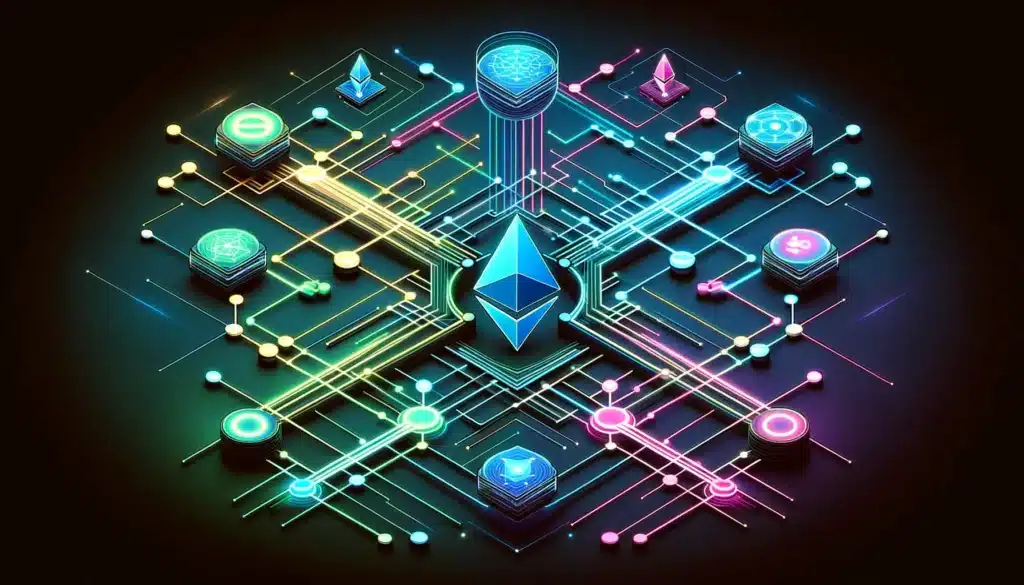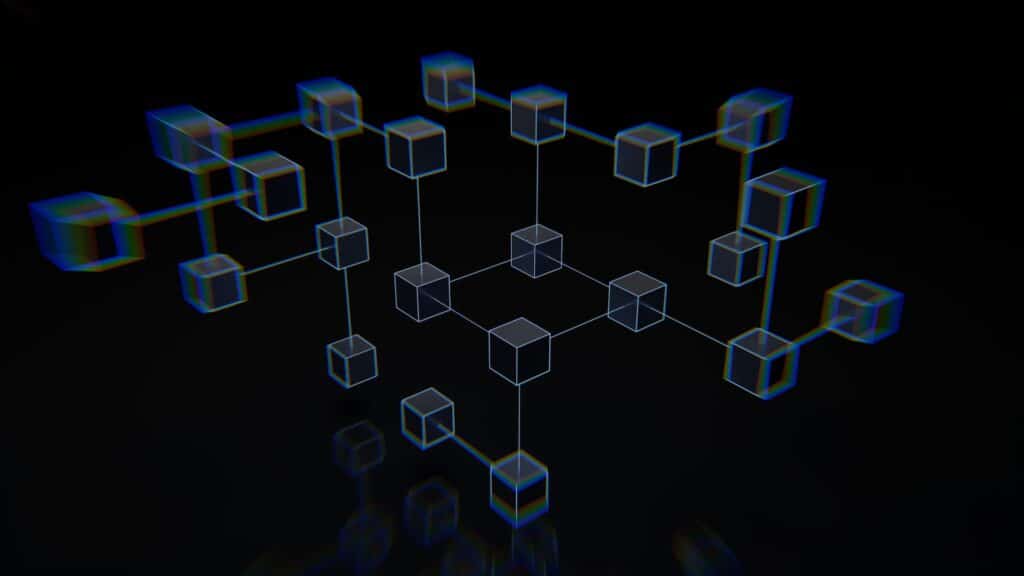Vitalik Buterin, the co-founder of Ethereum, has introduced an ambitious plan aimed at resolving the complexities of cross-chain L2 interoperability within the Ethereum network. This innovative initiative seeks to streamline user experiences across layer-2 networks, potentially reshaping how different blockchain platforms communicate and interact.
The Path to Cross-Chain L2 Interoperability
During recent discussions on X, Buterin expressed optimism about overcoming cross-L2 interoperability challenges swiftly. He anticipates a smooth transition towards unified user experiences throughout the Ethereum ecosystem. This optimistic outlook is underpinned by several pivotal Ethereum Improvement Proposals (EIPs) designed to facilitate cross-L2 compatibility.

Central to these efforts is EIP-3370, which introduces a standardized address format. This proposal aims to simplify user interactions by establishing a uniform mechanism for displaying chain-specific addresses with human-readable prefixes. By enhancing address clarity across layer-2 networks, this EIP promises to significantly enhance user accessibility and operational efficiency.
Another critical component is EIP-7683, which focuses on standardizing protocols for cross-chain communication and transaction execution within Ethereum’s layer-2 networks. This proposal addresses current inefficiencies in asset trading between chains, aiming to establish a more cohesive and efficient Ethereum ecosystem.
Technological Innovations Driving Progress
Beyond standardization efforts, Buterin’s vision includes technological advancements that could revolutionize cross-chain L2 interoperability. EIP-3668 proposes enabling Ethereum smart contracts to access off-chain data through “layer-2 light clients.” This innovation aims to streamline the integration of data-intensive applications, thereby boosting scalability and reducing on-chain storage costs.
Additionally, Buterin outlines plans for “cross-L2-replayable account state updates,” as detailed in his 2023 blog post. This concept focuses on optimizing how layer-2 networks synchronize with Ethereum’s mainnet to ensure secure and efficient cross-chain interactions. These technical innovations are pivotal in advancing Ethereum’s capabilities and expanding its utility across diverse use cases.
Future Landscape and Implementations
Looking ahead, Buterin plans to introduce phase 2 updates to Ethereum, further enhancing cross-chain L2 interoperability with features like proof aggregation and keystore rollups. These advancements are expected to bolster security and efficiency in cross-chain transactions, laying the groundwork for a more interconnected Ethereum ecosystem.
While Buterin acknowledges the evolving landscape of rollup technologies, he emphasizes that these improvements are designed to complement existing solutions. This approach ensures compatibility with current zero-knowledge and optimistic rollups, minimizing the need for extensive technical overhauls.

In the long term, Buterin envisions a shift towards universal adoption of zk-rollups, anticipating significant advancements in Ethereum’s scalability and finality capabilities over the next five years. This strategic evolution aims to consolidate Ethereum’s position as a leading blockchain platform for decentralized applications and financial innovations.
Impact and Potential
Vitalik Buterin’s comprehensive roadmap for cross-chain L2 interoperability represents a significant milestone in Ethereum’s development journey. By addressing critical issues related to data access, asset transfers, and cross-chain communications, these initiatives aim to streamline Ethereum’s infrastructure and enhance user accessibility across layer-2 solutions. In the long term, Buterin envisions a shift towards universal adoption of zk-rollups, anticipating significant advancements in Ethereum’s scalability and finality capabilities over the next five years. This cross-chain L2 interoperability strategic evolution aims to consolidate Ethereum’s position as a leading blockchain platform for decentralized applications and financial innovations.

Through the implementation of standardized address formats and layer-2 light clients, Ethereum stands to benefit from improved operational efficiency and user experience enhancements. These advancements are poised to attract a broader audience of developers and users, further solidifying Ethereum’s role as a preferred platform for blockchain-based innovations.
Conclusion: Advancing Ethereum’s Ecosystem
Vitalik Buterin’s strategic initiatives for cross-chain L2 interoperability mark a pivotal advancement in Ethereum’s evolution. By fostering a more integrated and user-friendly ecosystem, these proposals pave the way for widespread adoption of Ethereum-based technologies. As developments unfold, TheBITJournal remains committed to providing timely insights into these transformative developments, empowering stakeholders to navigate the evolving landscape of digital assets effectively.





























